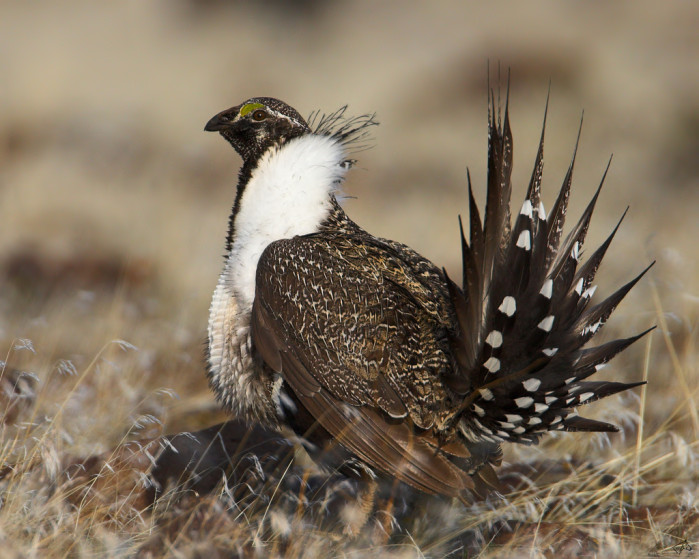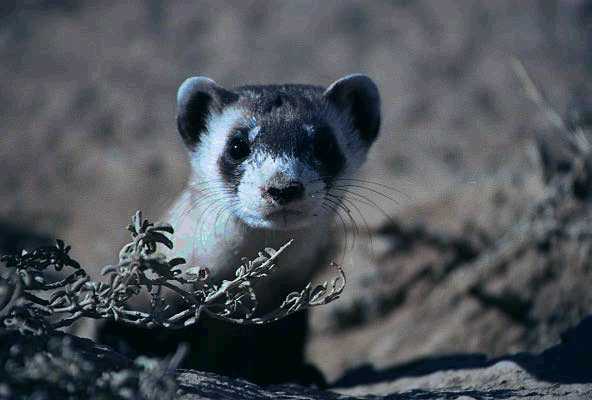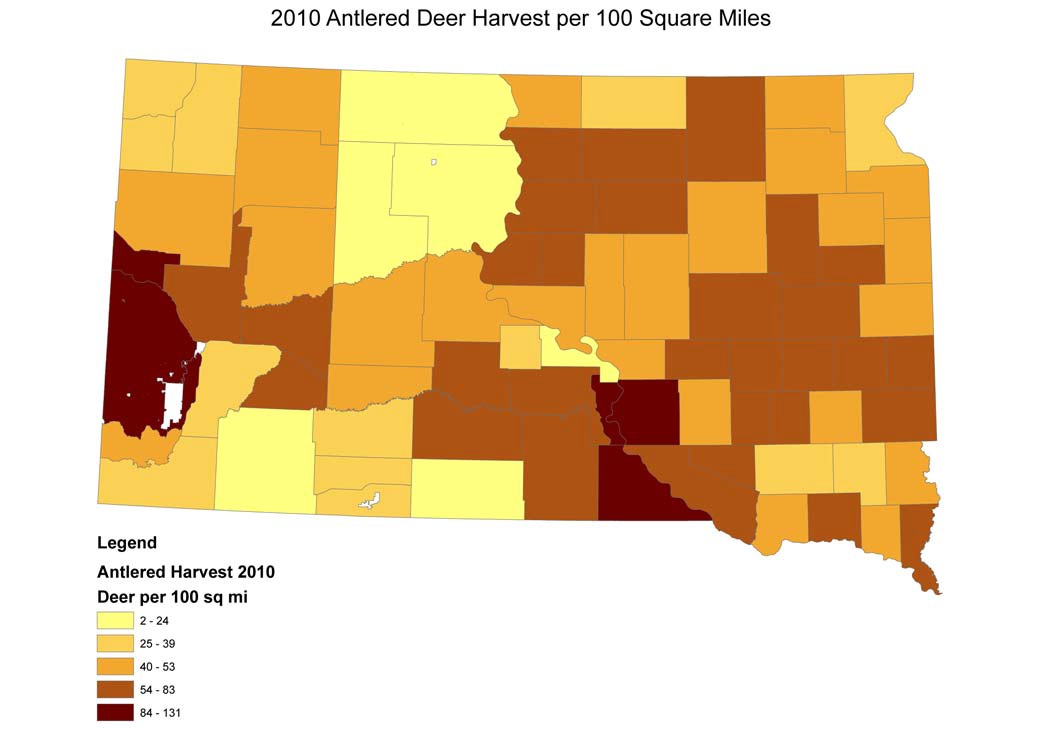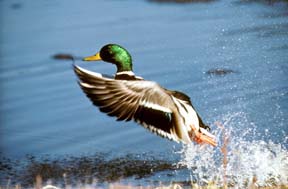 There is fire in the West, while flooding continues everywhere else.
There is fire in the West, while flooding continues everywhere else.
Two of Arizona’s four packs of endangered Mexican wolves are in the immediate area of the Wallow Fire in eastern Arizona. An interagency team is monitoring the effects of the fire on the endangered wolves.
Read more in this press release from the Arizona Game and Fish Department. Or this very brief article from KPHO.
When flooding first struck the Mississippi River, there was also flooding in South Dakota and Vermont. The flooding continues there as well, prompting these two stories about flooding and wildlife.
The first, from the Greenfield (S.D.) Daily Reporter says that wildlife officials are asking the public not to rescue wildlife displaced by the flooding. They particularly ask people to leave fawns alone, since does can leave fawns for what seems to humans like a long time. Not sure how that relates to the floods. Wildlife officials all over the country are asking the public to do the same thing. Read more.
In Vermont, high water on Lake Champlain means that black terns — a state-threatened bird — probably won’t raise broods in the state this year. It is expected to be a rough nesting year for aquatic birds, and even ground-nesting birds may be effected by the flooding that hit the state last week. Beavers and muskrats are also dealing with the high water, and are seeking high ground, which is forcing them on to roadways more than usual.
The article ran in the Sunday Rutland Herald and Barre Montpelier Times-Argus, but is behind a paywall.
Update: Arizona Game and Fish has a Web page with information about the state’s fires and wildlife, including its impact on hunting and fishing in the area. It plans to update the site as needed:
http://www.azgfd.gov/w_c/fire_impacts_on_wildlife.shtml
Photo: a Mexican wolf in Arizona on a much cooler day. Photo courtesy of the Arizona Game and Fish Department.
 The sage grouse population has fallen in South Dakota in recent years, reports an Associated Press story in the Daily Journal. To let the population rebound, the state’s Game, Fish and Parks Commission decided not to have a sage grouse hunting season this year.
The sage grouse population has fallen in South Dakota in recent years, reports an Associated Press story in the Daily Journal. To let the population rebound, the state’s Game, Fish and Parks Commission decided not to have a sage grouse hunting season this year.




